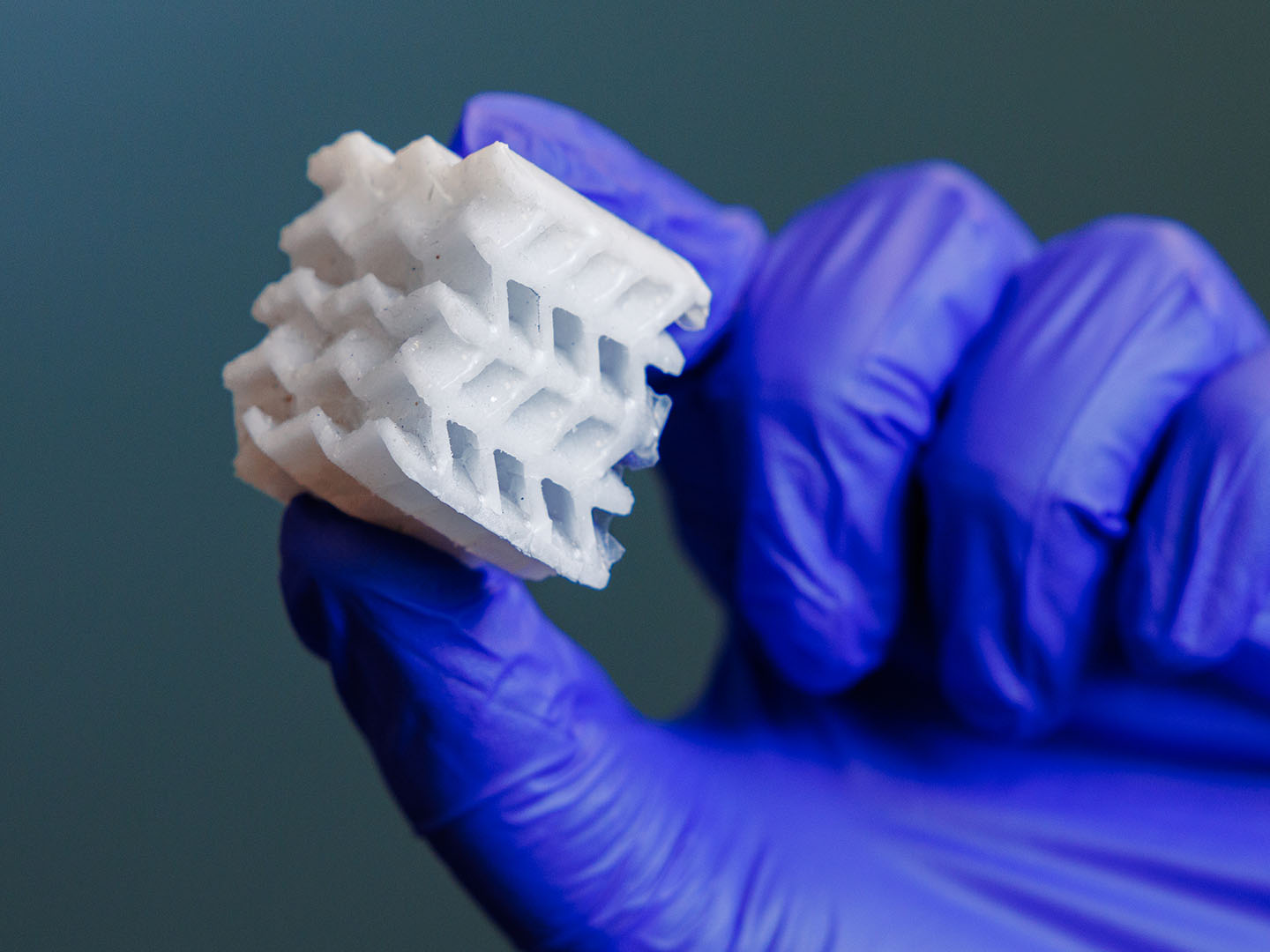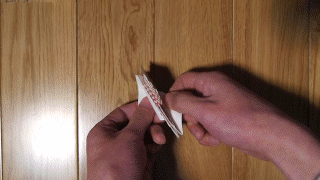

In a breakthrough that blends ancient design with modern materials science, researchers at the University of Houston have developed a new class of ceramic structures that can bend under pressure — without breaking.
Potential applications for this technology range from medical prosthetics to impact-resistant components in aerospace and robotics, where lightweight — but tough — materials are in high demand.
Traditionally known for their brittleness, ceramics often shatter under stress, making them difficult to use in high-impact or adaptive applications. But that may soon change as a team of UH researchers, led by Maksud Rahman, assistant professor of mechanical and aerospace engineering and Md Shajedul Hoque Thakur, postdoctoral fellow, has shown that origami-inspired shapes with a soft polymer coating can transform fragile ceramic materials into tough, flexible structures. Their work was recently published in Advanced Composites and Hybrid Materials.

“Ceramics are incredibly useful — biocompatible, lightweight and durable in the right conditions—but they fail catastrophically,” said Rahman. “Our goal was to engineer that failure into something more graceful and safer.”
To do that, the team 3D printed a ceramic structure based on the Miura-ori origami pattern – which is a way to fold something flat, like paper, so it takes up less space but stays flat overall - and then coated it with a stretchable, biocompatible polymer.
The resulting structures can handle stress in ways ordinary ceramics cannot. When compressed in different directions, the coated structures flexed and recovered, while their uncoated counterparts cracked or broke.
“The origami geometry gave us mechanical adaptability,” said Thakur. “And the polymer coating introduced just enough flexibility to prevent sudden breakage.”
The researchers tested the structures under both static and cyclic compression and backed up their experiments with computer simulations. The coated versions consistently showed greater toughness — especially in directions where the original ceramic was weakest.
“Origami is more than an art — it’s a powerful design tool that can reshape how we approach challenges in both biomedical and engineering fields,” said Rahman. “This work demonstrates how folding patterns can unlock new functionalities in even the most fragile materials.”